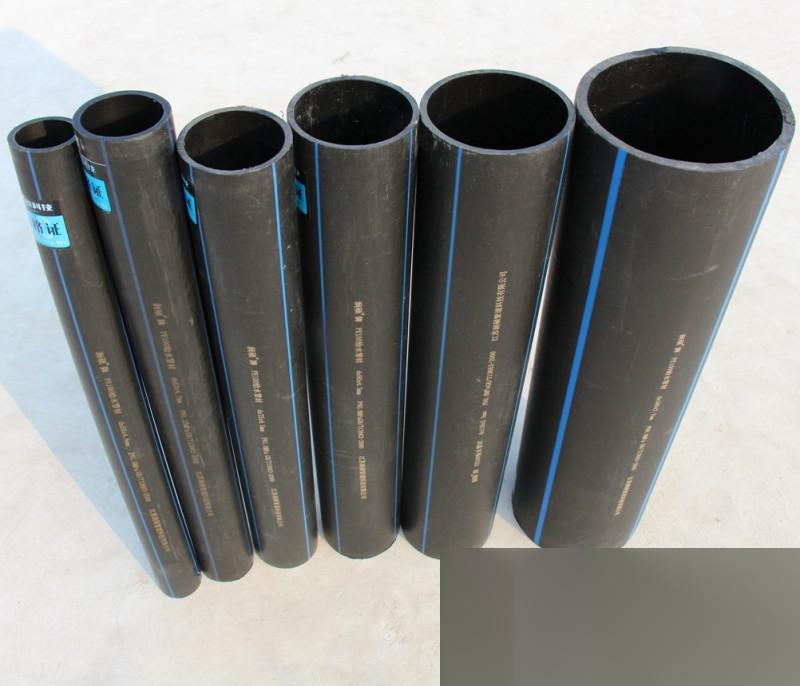
PE pipes include medium-density polyethylene pipes and high-density polyethylene pipes. They are classified into SDR11 and SDR17.6 series based on wall thickness. The former is suitable for transporting gaseous artificial gas, natural gas, and liquefied petroleum gas, while the latter is mainly used for transporting natural gas. Compared to steel pipes, the construction process is simpler, with a certain degree of flexibility, and most importantly, there is no need for anti-corrosion treatment, which saves a significant amount of procedures. The downside is that their mechanical properties are not as strong as those of steel pipes, requiring special attention to safety distance in thermal heating during construction, and they should not be exposed to sunlight in the air. They are sensitive to chemicals and should be protected against leakage from sewage pipes to prevent harm.

Jiangsu Runshuo Pipe Industry PE pipes have the following advantages:
1: Reliable connections2: Good low-temperature impact resistance
3: Good stress cracking resistance
4: Good chemical corrosion resistance
5: Durable, long service life
6: Good wear resistance
7: Good flexibility
8: Low water flow resistance
9: Easy to handle
10: Various new construction methods
PE is mainly used for: municipal engineering water supply systems, indoor water supply systems of buildings, outdoor buried water supply systems, as well as buried water supply systems for residential communities and factories, old pipeline repairs, water treatment project pipeline systems, and industrial water pipes in landscaping, irrigation, and other fields.
However, it should be noted that HDPE pipes cannot be used for hot water pipelines.

Advantages of HDPE water supply pipes in application
HDPE water supply pipes are widely used mainly due to their unparalleled advantages compared to other pipes:
1. Easy to socket weld and electrofusion weld to form a complete sealed anti-seepage system. When laid along trenches, it can reduce the excavation volume of the trench and decrease the amount of fittings used.
2. Lightweight and easy to install and handle;
3. Strong wear resistance and excellent hydraulics, allowing for underground pipes without external protection. They are suitable for earthquake-prone areas and ground subsidence zones in mining areas, and can also be laid using sinking methods at the bottoms of rivers.
4. Resistant to chemical corrosion, both internal and external, as well as microbiological corrosion, with strong corrosion resistance and health benefits. Suitable for transporting acidic and alkaline substances, as well as sewage, natural gas, and gas;
5. Good environmental adaptability and frost resistance. Can be used for indoor and outdoor water supply pipelines.
6. Long service life, with a lifespan exceeding nearly 50 years;
7. Easy to recycle.













